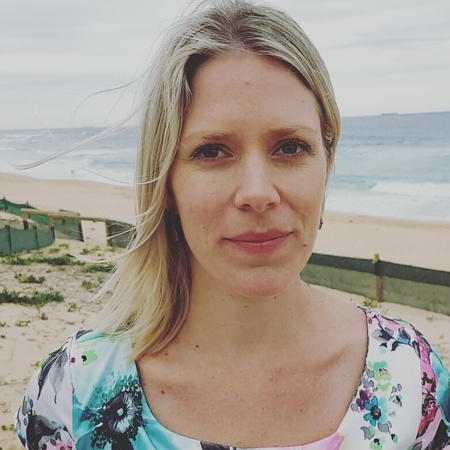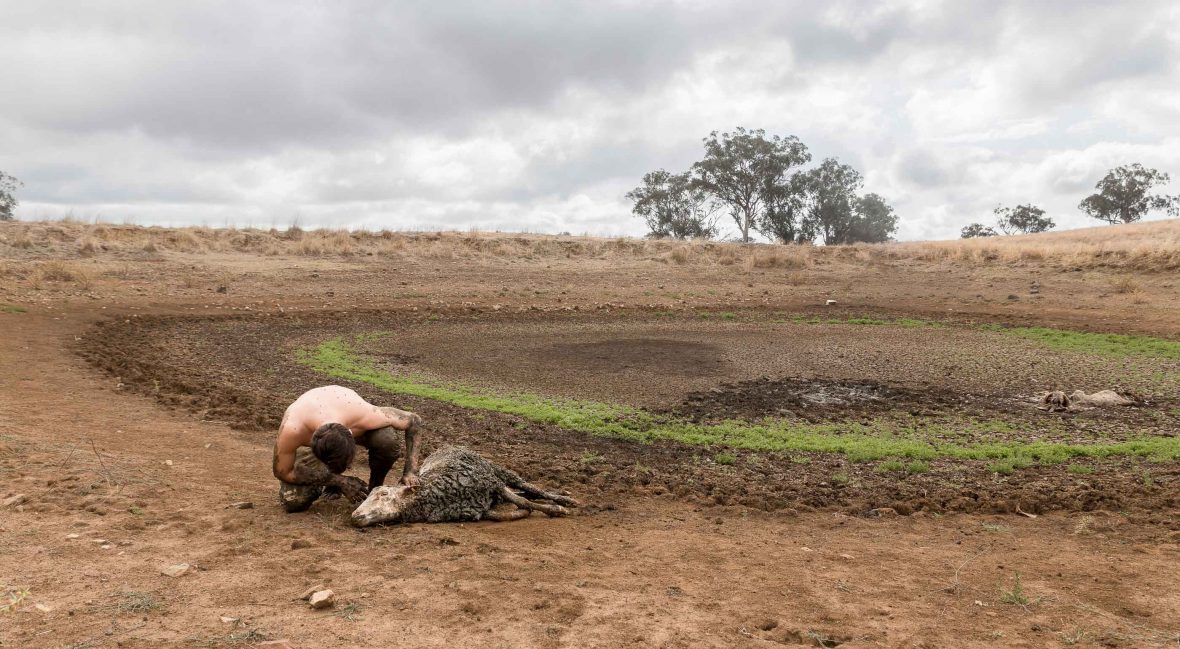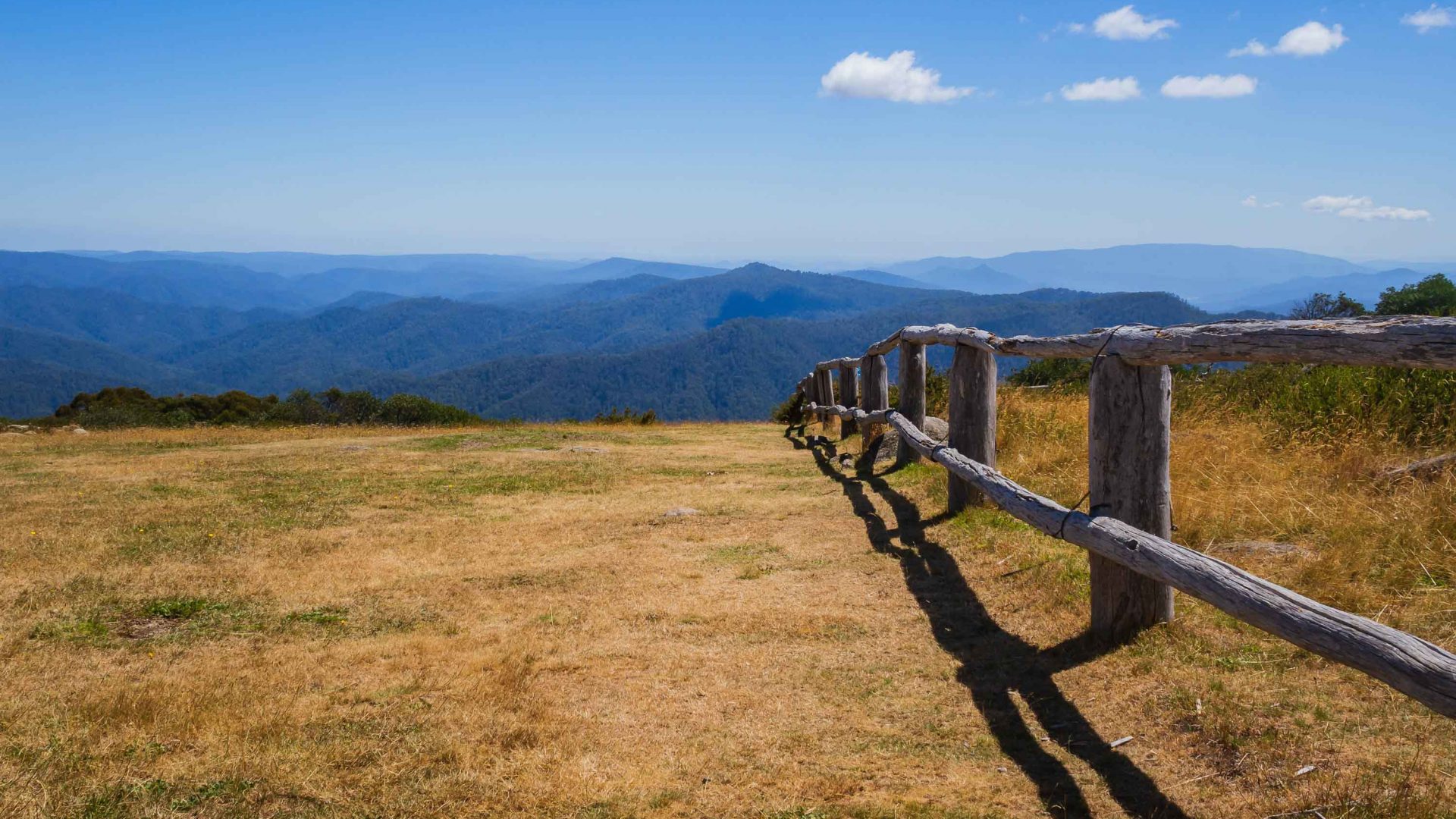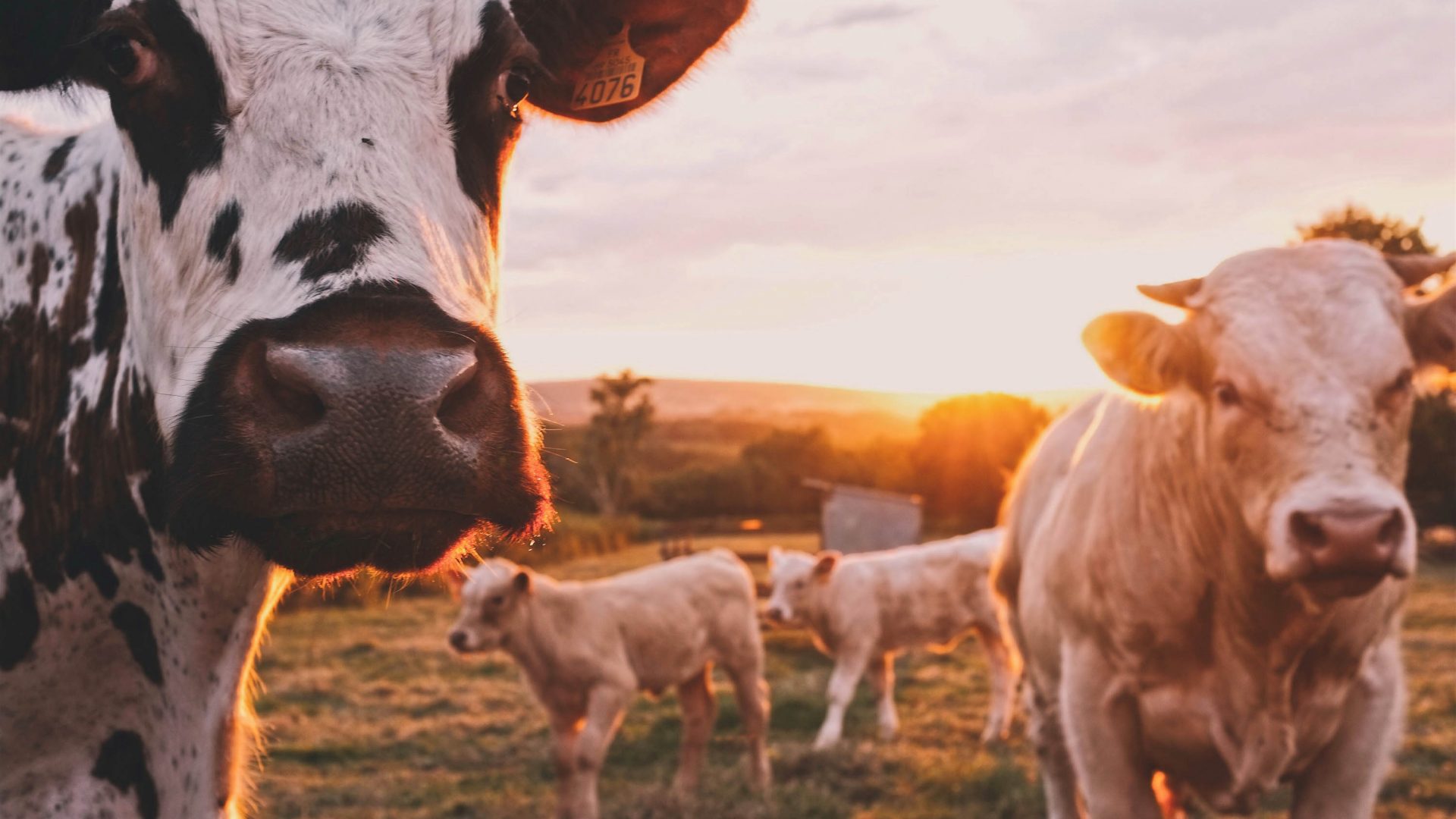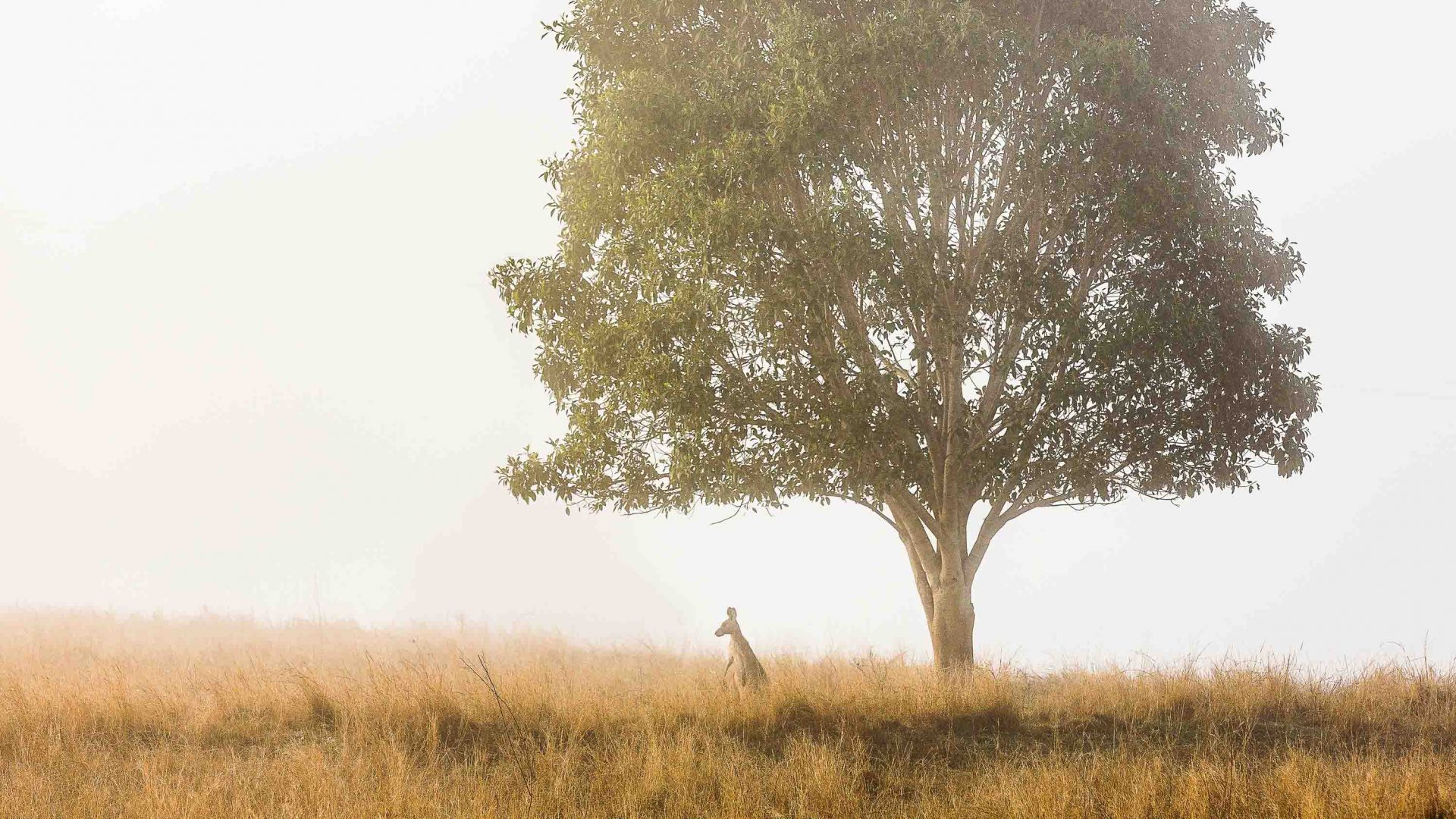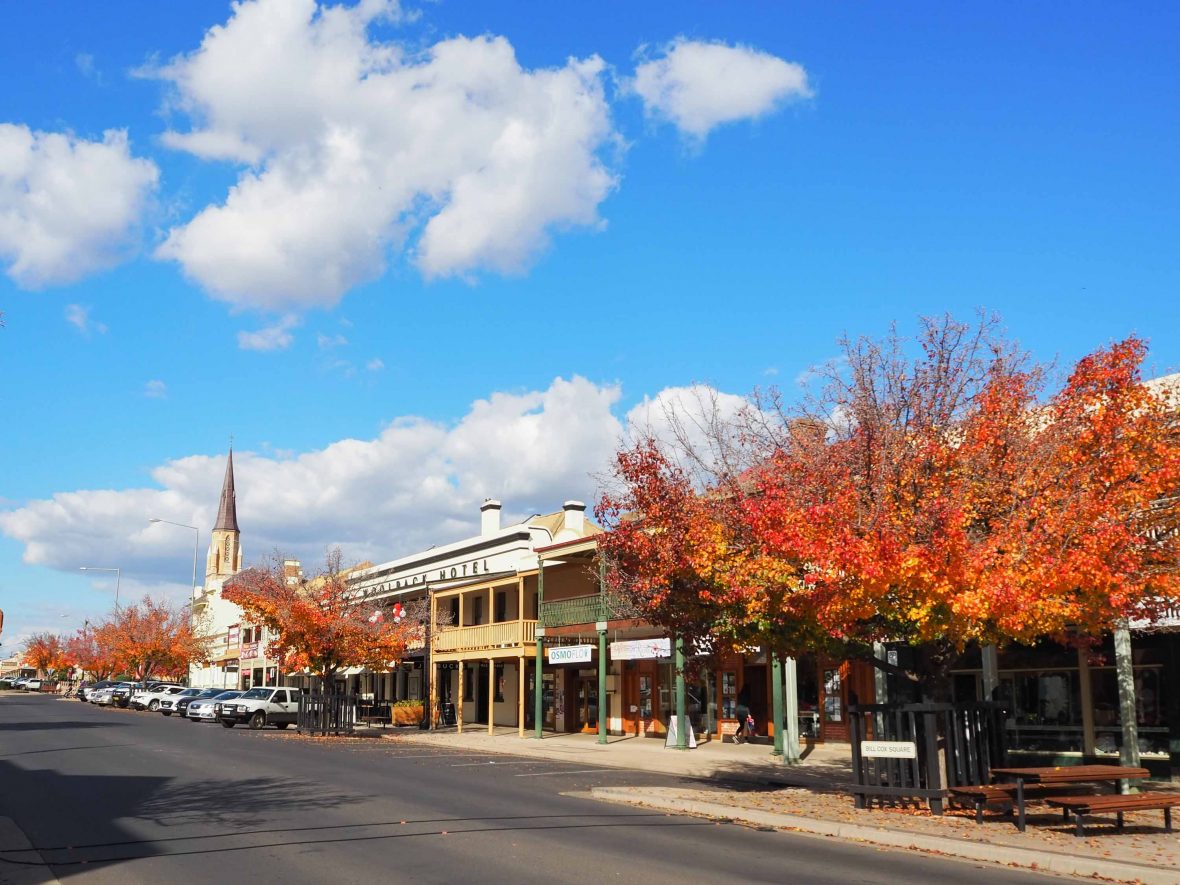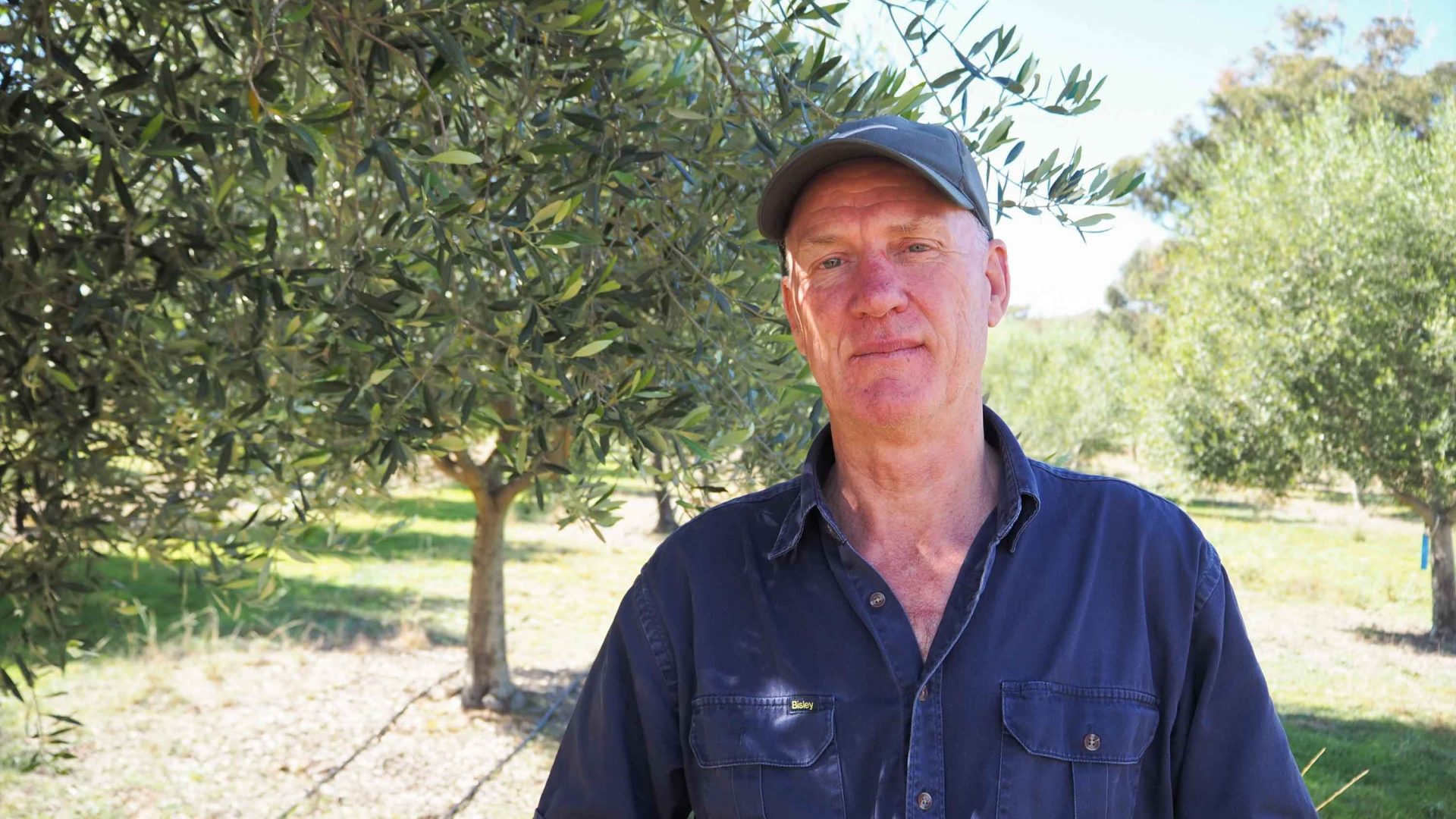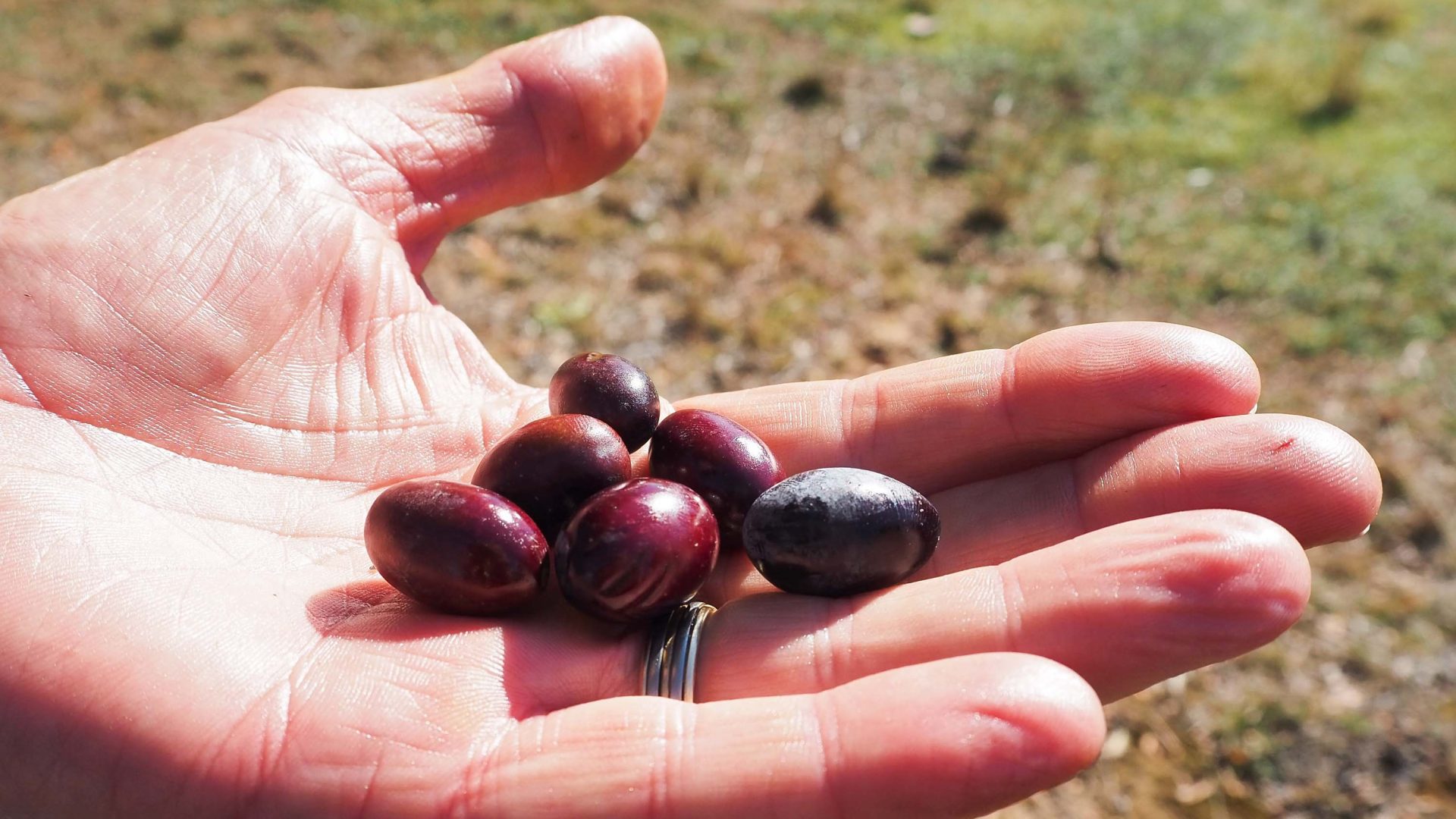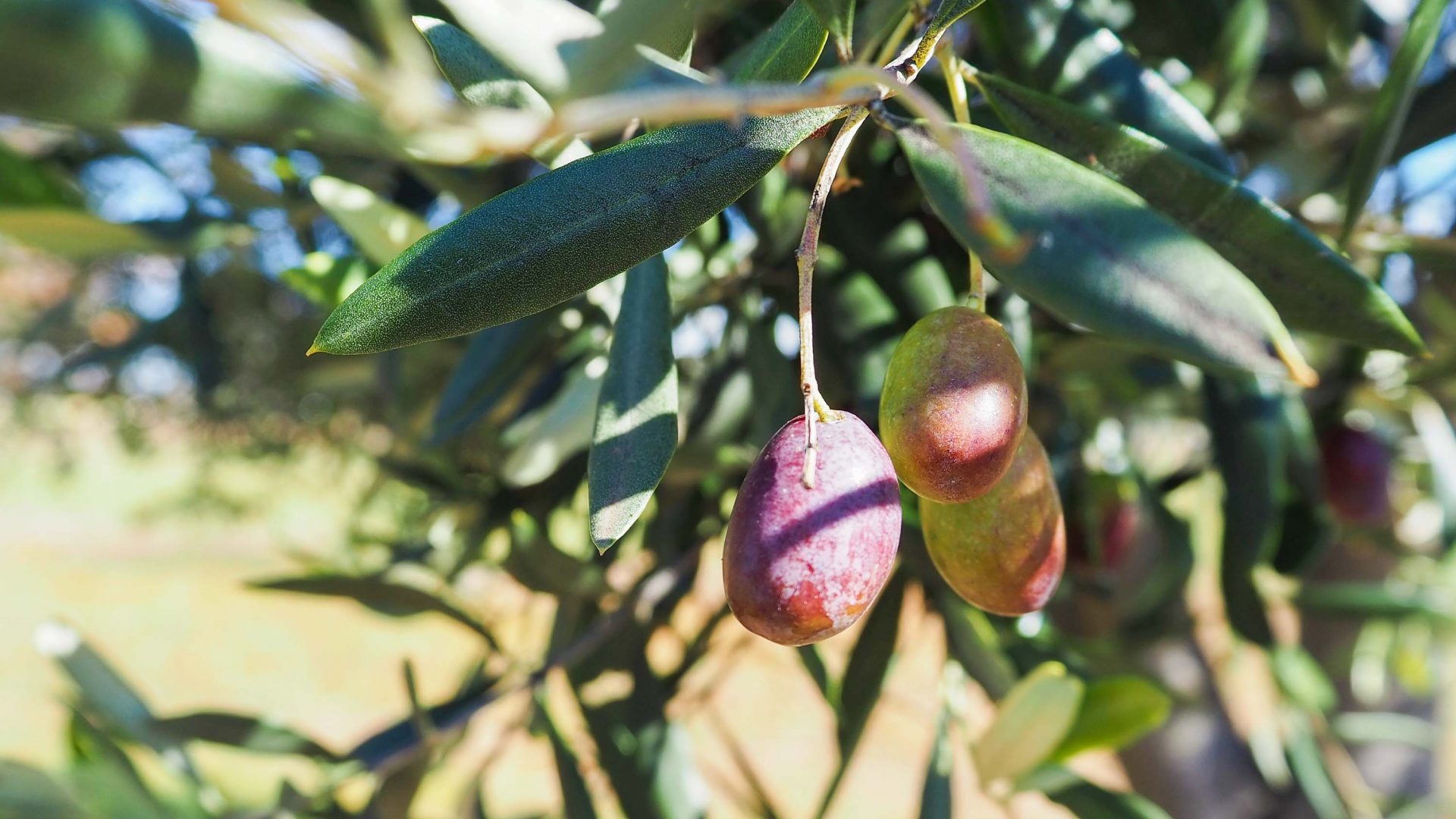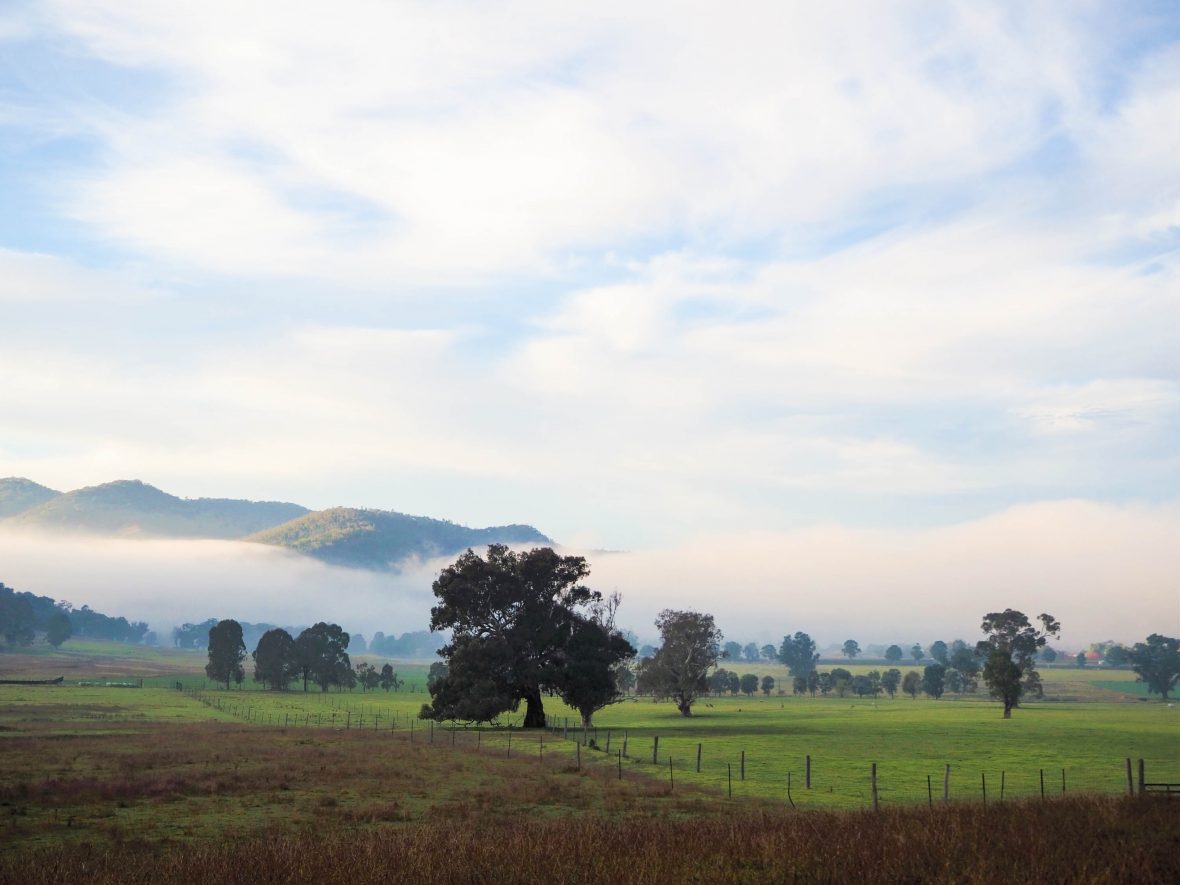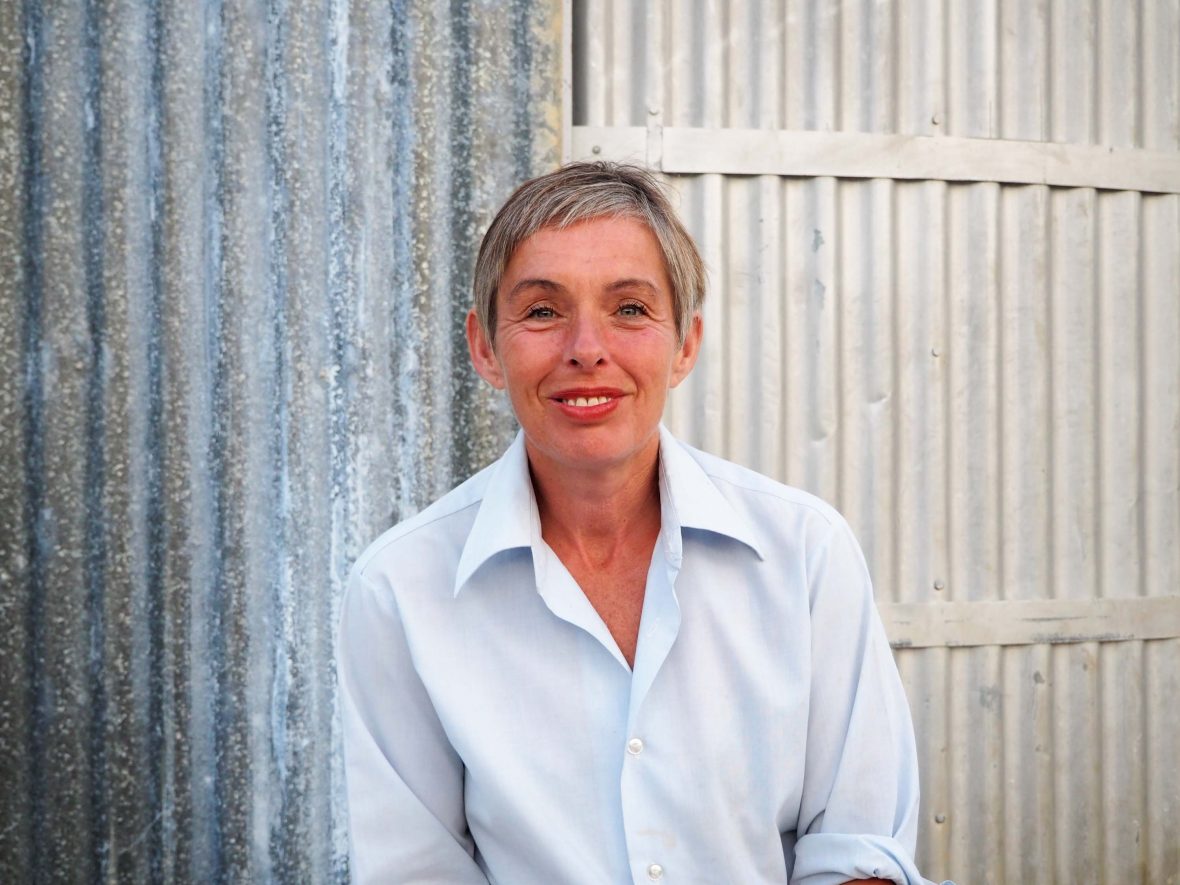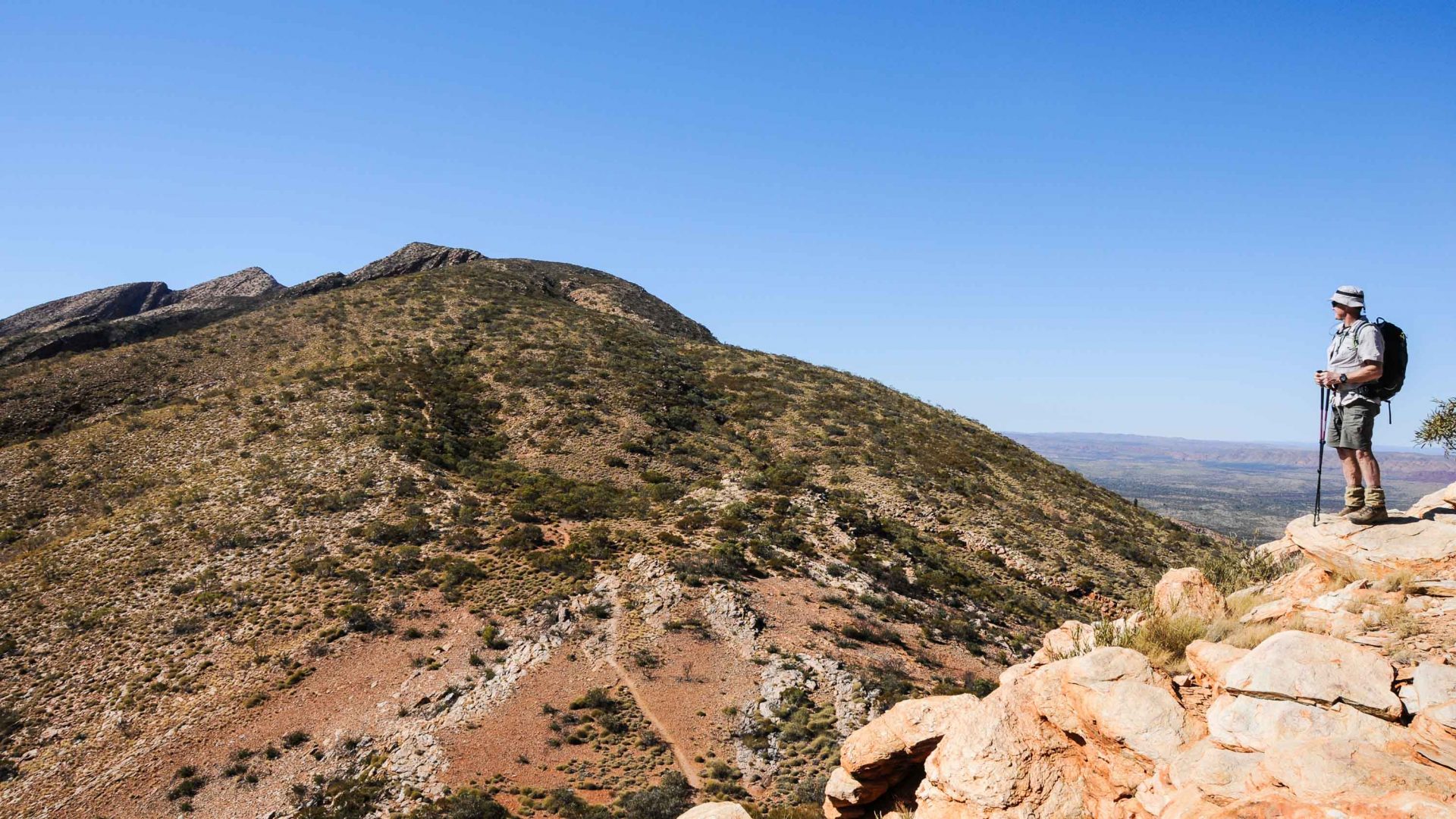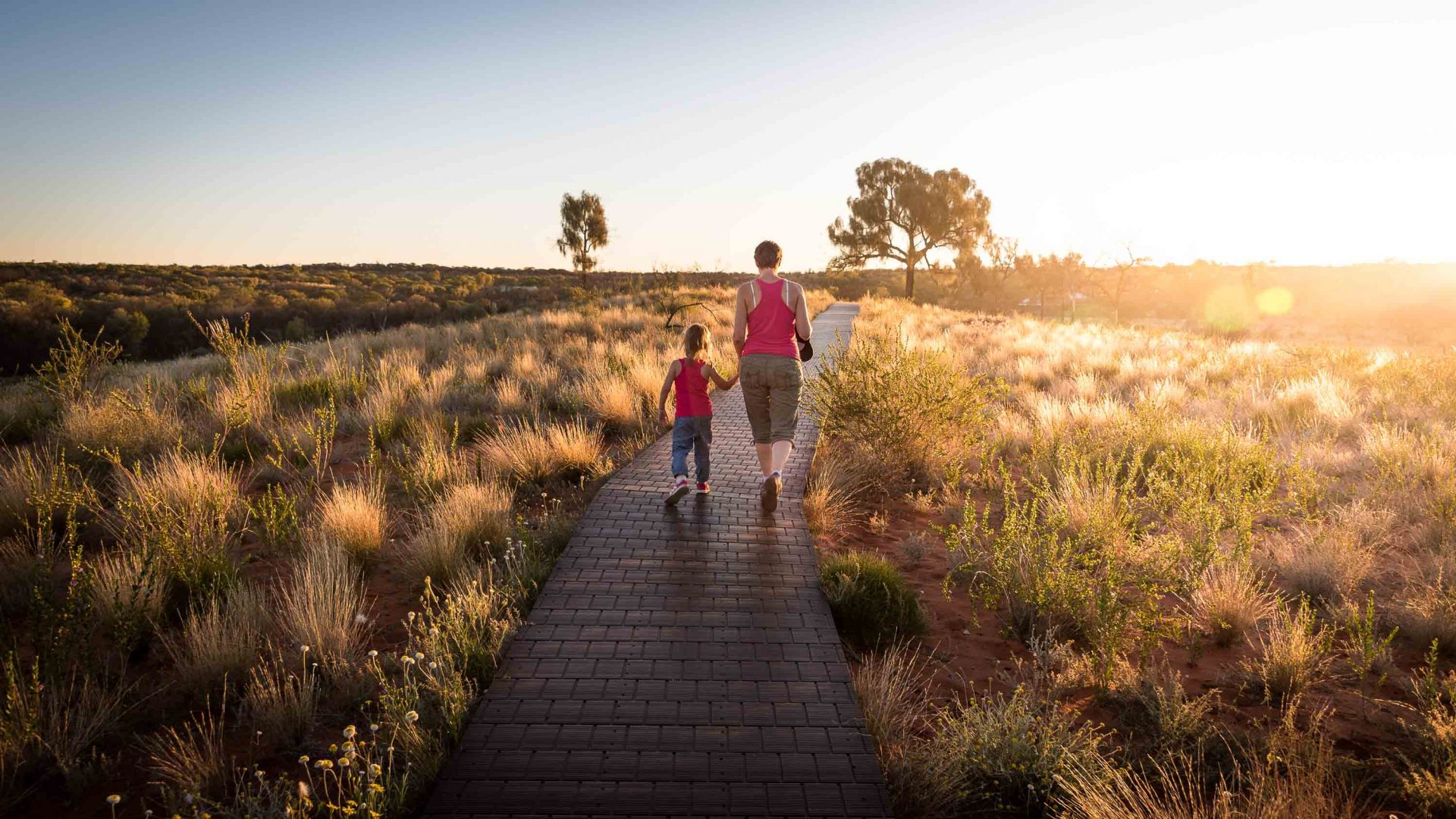
The entire Australian state of New South Wales is suffering one of the worst droughts in history. So what’s the best way to help the farmers and communities that have lost livelihoods and income? Visit them, says Jennifer Ennion.
Green grass isn’t what you’d associate with severe drought. Cracked earth, gaunt cattle, yes. But farmers in Australia’s New South Wales Central West say we shouldn’t be fooled by top soil, nor recent rain. Large swathes of the country are still suffering through what politicians are calling “one of the worst droughts in living history”.
On the driest inhabited continent in the world, Australians are no stranger to drought. Challenging weather conditions are relentless, water security is a major concern, and the situation isn’t improving in spite of billions of dollars of government funding. The global climate emergency is being felt profoundly in this part of the world.
To put it into perspective, the state of NSW alone is more than three times the size of the United Kingdom—and nearly 100 per cent of it is in drought. Of Queensland, a state larger than Alaska, two-thirds is in drought. The drought is also affecting parts of Victoria and eastern South Australia—and the Bureau of Meteorology clocked record-breaking heat across the country in 2018.
